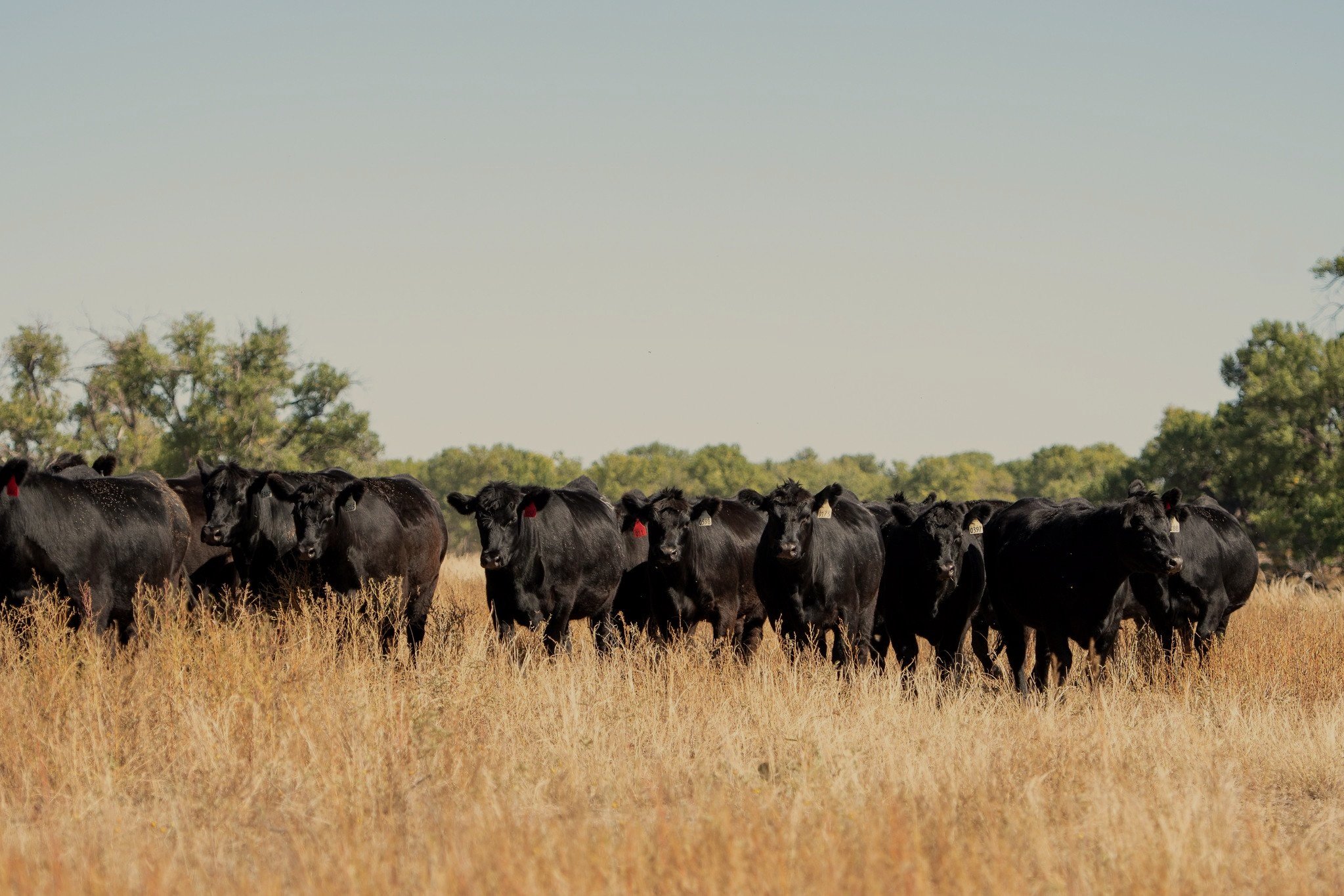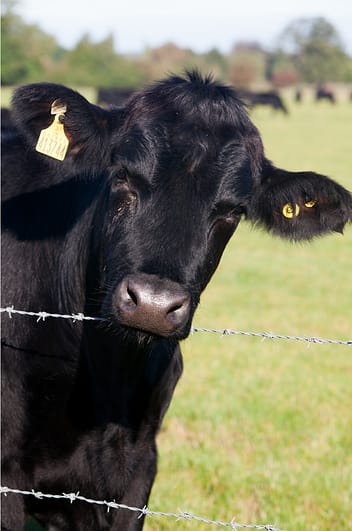Boost Your Experience with Bagley Risk Management
Key Aspects to Take Into Consideration When Deciding On Animals Risk Protection (LRP) Insurance Coverage
When evaluating choices for Animals Danger Security (LRP) insurance coverage, several crucial aspects necessitate cautious consideration to guarantee reliable risk administration in the farming market. Picking the right insurance coverage options customized to your certain animals operation is vital, as is understanding just how premium expenses associate with the degree of defense provided. Furthermore, the qualification standards for various sorts of animals and the adaptability of the plan to adjust to altering conditions are critical aspects to consider. The efficiency and transparency of the cases procedure can significantly affect the total experience and monetary end results for livestock manufacturers. By purposefully browsing these essential aspects, producers can safeguard their investments and minimize potential threats properly.
Insurance Coverage Options
When taking into consideration Livestock Threat Security (LRP) insurance, it is vital to understand the numerous coverage options offered to minimize dangers in the farming field. Animals Threat Defense (LRP) insurance provides different protection choices customized to fulfill the varied requirements of animals producers. Bagley Risk Management. One of the key coverage alternatives is cost insurance coverage, which safeguards against a decrease in market prices. Producers can choose the insurance coverage degree that straightens with their rate risk administration goals, enabling them to secure their operations against possible financial losses.
An additional essential coverage choice is the endorsement duration, which establishes the size of time the protection is in result. Manufacturers can choose the recommendation period that finest suits their manufacturing cycle and market conditions. In addition, coverage levels and prices vary based on the type of livestock being insured, giving manufacturers the versatility to tailor their insurance plans according to their specific requirements.
Recognizing the different insurance coverage choices available under Livestock Risk Security (LRP) insurance coverage is crucial for manufacturers to make educated decisions that effectively protect their livestock operations from market uncertainties.
Premium Expenses

Animals Risk Protection (LRP) insurance provides important coverage choices customized to alleviate threats in the agricultural field, with a significant facet to think about being the computation and structure of premium costs. These consist of the kind and number of animals being insured, the coverage degree selected, the current market costs, historic price information, and the length of the insurance coverage period.
Premium costs for LRP insurance are generally calculated based upon actuarial data and run the risk of analysis designs. Insurance providers analyze historical information on animals costs and production costs to establish a proper premium that mirrors the level of danger entailed. It is important for animals manufacturers to meticulously evaluate premium costs and insurance coverage alternatives to guarantee they are adequately secured against prospective monetary losses due to adverse market problems or unanticipated occasions. By recognizing how premium prices are computed and structured, producers can make educated choices when selecting the appropriate LRP insurance plan for their procedure.
Eligible Animals
The resolution of eligible livestock for Livestock Risk Protection (LRP) insurance coverage involves careful factor to consider of details standards and qualities. Livestock types that are normally eligible for LRP insurance include feeder cattle, fed lambs, swine, and livestock. These animals must meet particular qualifications related to weight varieties, age, and you could try this out intended usage. In addition, the qualification of livestock may differ based on the certain insurance coverage supplier and the terms of the plan.
Feeder cattle, for instance, are frequently qualified for LRP coverage if they fall within specified weight varieties. Lambs are one more group of animals that can be taken into consideration for LRP insurance coverage, with aspects such as weight and age playing an essential duty in establishing their eligibility.
Prior to picking LRP insurance for livestock, manufacturers must carefully assess the qualification standards outlined by the insurance policy company to guarantee their pets meet the necessary requirements for coverage.
Plan Adaptability
Policy versatility in Animals Risk Security (LRP) insurance policy allows producers to tailor protection to fit their specific demands and risk management strategies. This versatility equips livestock producers to personalize their insurance coverage based upon elements such as the kind of animals they own, market conditions, and private risk resistance levels. One essential aspect of policy flexibility in LRP insurance policy is the capability to select insurance coverage degrees that line up with the manufacturer's monetary goals and run the risk of exposure. Producers can select coverage degrees that shield them versus possible losses due to changes in livestock rates, ensuring they are view properly insured without overpaying for unnecessary protection. Furthermore, LRP insurance policy supplies flexibility in plan period, enabling producers to choose insurance coverage durations that finest fit their manufacturing cycles and advertising and marketing timelines. By offering personalized choices, LRP insurance makes it possible for producers to efficiently manage their danger exposure while securing their animals operations against unforeseen market volatility.
Claims Process
Upon experiencing a loss or damage, producers can initiate the claims procedure for their Livestock Threat Security (LRP) insurance coverage by without delay contacting their insurance supplier. It is vital for manufacturers to report the loss asap to accelerate the claims process. When connecting to the insurance coverage company, manufacturers will certainly need to provide in-depth details about the occurrence, consisting of the date, nature of the loss, and any kind of pertinent paperwork such as vet documents or market value.

After the analysis is total, the insurance service provider will certainly decide concerning the claim and connect the outcome to the producer. If the case is accepted, the producer will certainly get compensation according to the regards to their Animals Danger Security (LRP) insurance coverage plan. Bagley Risk Management. It is important for producers to be acquainted with the insurance claims process to ensure a smooth experience in the event of a loss

Verdict
Finally, when selecting Livestock Danger Security (LRP) insurance coverage, it is important to consider protection choices, premium costs, qualified livestock, policy flexibility, and the insurance claims procedure. These vital factors will certainly help make sure that farmers and herdsmans are adequately protected versus possible risks and losses related to their livestock operations. Making an educated choice based upon these factors to consider can eventually lead to much better financial safety and satisfaction for livestock producers.
Livestock Threat Protection (LRP) insurance coverage supplies different coverage choices tailored to fulfill the diverse needs of animals manufacturers.The resolution of eligible livestock for Livestock Risk Defense (LRP) insurance policy coverage involves mindful consideration of certain requirements and attributes.Policy versatility in Animals Risk Defense (LRP) insurance enables producers to customize protection to match their details requirements and run the risk of monitoring techniques.Upon experiencing a loss or damages, manufacturers can initiate the claims process for their Livestock Threat Protection (LRP) insurance policy by quickly calling their insurance service provider.In final thought, when choosing Animals Risk weblink Protection (LRP) insurance coverage, it is crucial to think about insurance coverage choices, premium expenses, qualified livestock, policy adaptability, and the cases procedure.